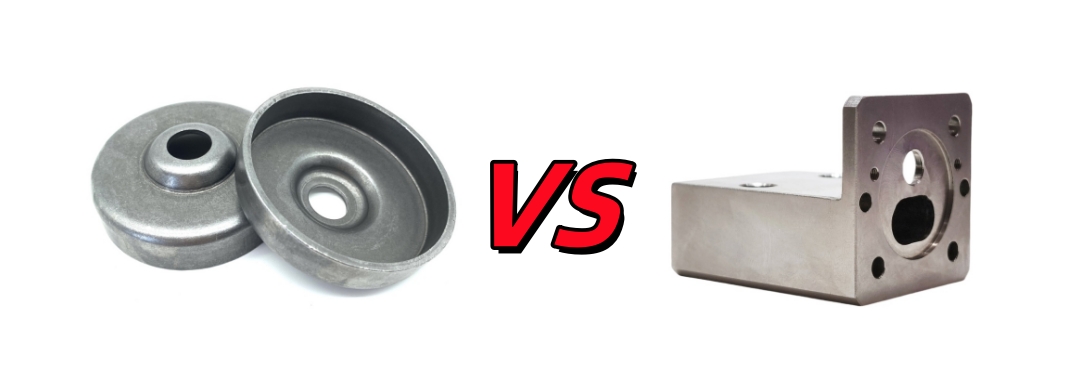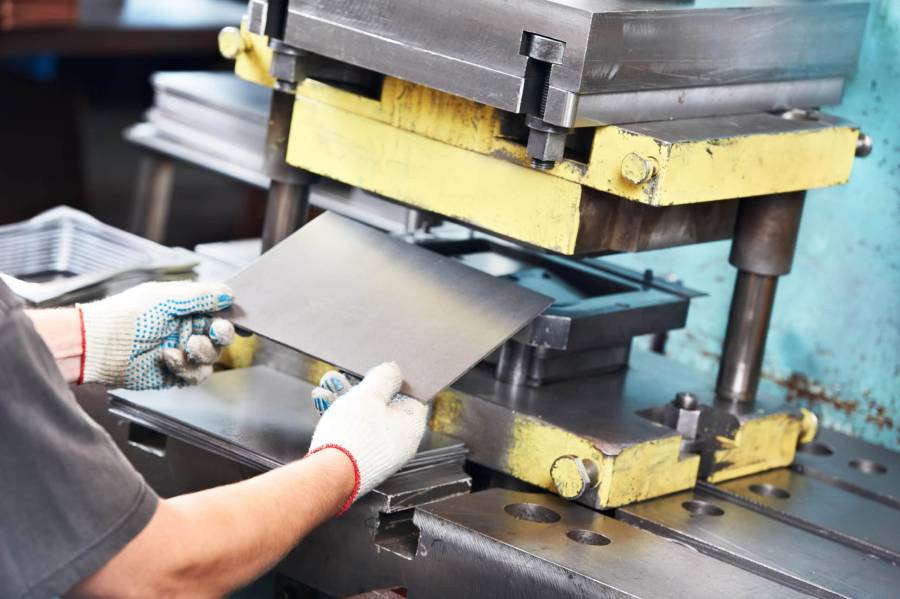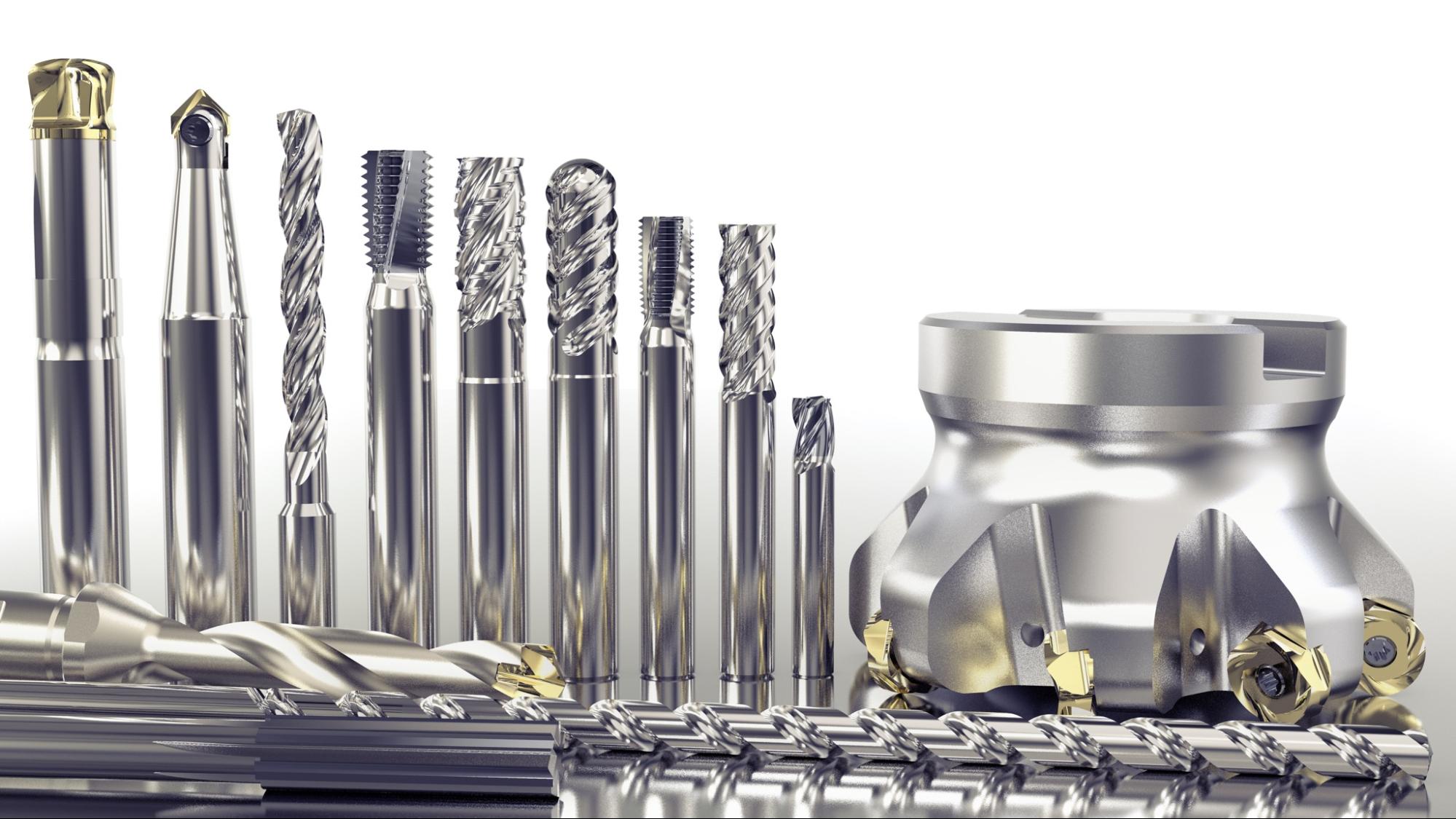Choosing the right manufacturing process is a critical decision. While we at Pengce Metal are experts in high-volume metal stamping, we understand that our clients often weigh the benefits of stamping vs. CNC machining. To help you make the best choice for your project, we are providing an objective, transparent comparison of these two core sheet metal fabrication methods. Which method is right for your parts? This guide provides a manufacturing cost comparison and benefit analysis to help you make the smartest choice.

Understanding the Fundamentals: How Each Process Works
To compare them effectively, we must first understand their fundamental differences. They are essentially opposite approaches to creating a part.
Metal Stamping: Forming Parts with a Die
Metal stamping is a formative process. It uses a custom-built tool (a die) and immense pressure to cut and shape a piece of sheet metal into a predetermined form. Think of it like a highly advanced, industrial-strength cookie cutter that also bends the dough into a specific shape.

CNC Machining: Subtracting Material from a Solid Block
CNC (Computer Numerical Control) machining is a subtractive process. It starts with a solid block or bar of material and uses computer-controlled cutting tools (like drills and mills) to remove material layer by layer until the final shape is achieved.

The Core Difference: Tooling Cost vs. Per-Part Price
The most significant distinction between the two lies in their economic models. Understanding this difference is key to making a cost-effective decision.
Stamping: High Upfront Tooling, Low Per-Part Price
Metal stamping requires a significant upfront investment in tooling cost. Designing and building a custom die can be expensive. However, once the tool is made, the per-part price is extremely low, as parts can be produced very rapidly.
CNC Machining: No Tooling Cost, Higher Per-Part Price
CNC machining has virtually no upfront tooling cost. You can go directly from a 3D model to a finished part. However, the per-part price is much higher because each part takes a significant amount of machine time and skilled labor to produce individually.
Factor 1: Production Volume - The Break-Even Point
When to use stamping over machining? The most important factor in this decision is your required production volume.
CNC Machining: Ideal for Prototypes and Low-Volume Runs
Because it has no tooling costs, CNC machining is the undisputed champion for prototypes and low-volume production. If you only need one, ten, or even a few hundred parts, or if your design might change, CNC is the fastest and most economical choice.
Stamping: Unbeatable for High-Volume Production
For high volume production, metal stamping is unbeatable. Once the tool is paid for, the ability to produce hundreds or thousands of parts per hour makes the per-part cost plummet. This is where stamping delivers massive economies of scale.
Visualizing the Cost Break-Even Point
Imagine two cost lines on a graph. The CNC line starts at zero but climbs steadily. The stamping line starts high (due to tooling) but climbs very slowly. The point where they cross is the break-even point. Below this volume, CNC is cheaper. Above it, stamping is the clear winner. For help determining your break-even point, consult the experts at Pengce Metal.
Factor 2: Part Complexity and Geometry
The shape and intricacy of your part also play a role in choosing the right process.
When CNC Machining Excels: Intricate 3D Shapes and Features
CNC machining can create incredibly complex 3D geometries, undercuts, and internal features that are impossible to achieve with stamping. If your part looks more like a sculpture than a bracket, CNC is the way to go.
When Stamping is More Efficient: Uniform, Repeatable Shapes
Stamping is most efficient for parts with a relatively uniform thickness, such as brackets, enclosures, connectors, and plates. It excels at creating bends, holes, and shallow forms with perfect repeatability, making it ideal for most sheet metal fabrication methods.
Factor 3: Speed and Material Utilization
Finally, let's consider production efficiency and material waste.
Production Speed: The Rapid Pace of Stamping
Which process is faster? In terms of pure output, there is no comparison. A stamping press can cycle hundreds of times per minute, producing parts at an incredible rate. A single CNC-machined part could take minutes or even hours to complete.
Material Waste: Stamping's Efficiency vs. Machining's Scrap
Stamping is generally more efficient with material. Engineers design the layout on the sheet metal coil (a "nest") to minimize scrap. CNC machining, being a subtractive process, can turn a significant portion of an expensive block of raw material into a pile of chips, leading to higher material waste.
Making the Smart Choice: A Summary for Your Project
The stamping vs. CNC machining decision can be simplified by answering a few key questions about your project.
• For Prototypes & Low-Volume (<1,000 parts): CNC Machining is often the best choice.
• For High-Volume (>5,000-10,000 parts): Metal Stamping offers superior value.
• For Complex 3D Shapes: CNC Machining provides greater design freedom.
• For Sheet Metal Parts with High Repeatability: Metal Stamping ensures consistency.
By analyzing your project's needs, you can confidently select the most cost-effective method. If your analysis points towards high volume production where consistency and low per-part costs are key, then metal stamping is the clear winner, and Pengce Metal is your ideal partner. Have you ever faced this choice? What factors led you to choose one method over the other? Share your insights below!
Stamping vs. CNC Machining: Your Questions Answered
Can a part be both stamped and machined?Yes, this is very common. A part can be stamped to create its basic shape efficiently, and then secondary CNC machining operations can be used to add highly precise features like threaded holes or milled surfaces. This hybrid approach often provides the best of both worlds.
Which process can hold tighter tolerances?Both processes can achieve very tight tolerances. High-quality CNC machining is renowned for its precision. However, a well-built, high-precision stamping die can also produce parts with extremely tight and, more importantly, highly repeatable tolerances over millions of cycles.
What is the typical lead time difference between the two processes?For a first-time order, CNC machining is much faster because there is no tooling to build. You can get parts in days or weeks. For stamping, the initial lead time is longer (weeks or months) due to the tooling creation. However, for all subsequent re-orders, stamping is incredibly fast.
How do I know if my part is suitable for metal stamping?How do I know if my part is suitable for stamping? The best way is to consult with an expert. A part made from sheet metal with a uniform thickness is a great candidate. If you're unsure, our engineers can provide a free stamping suitability analysis to determine if our process is the best fit for your part. Submit your design for a free analysis today.




